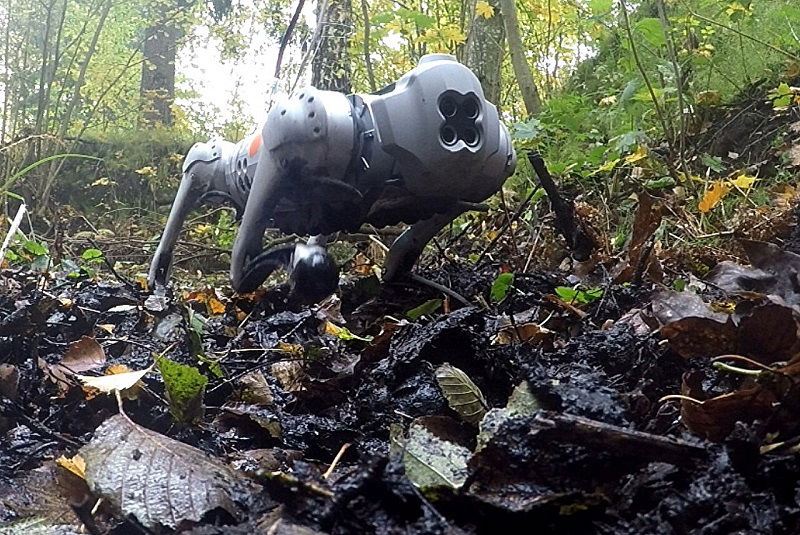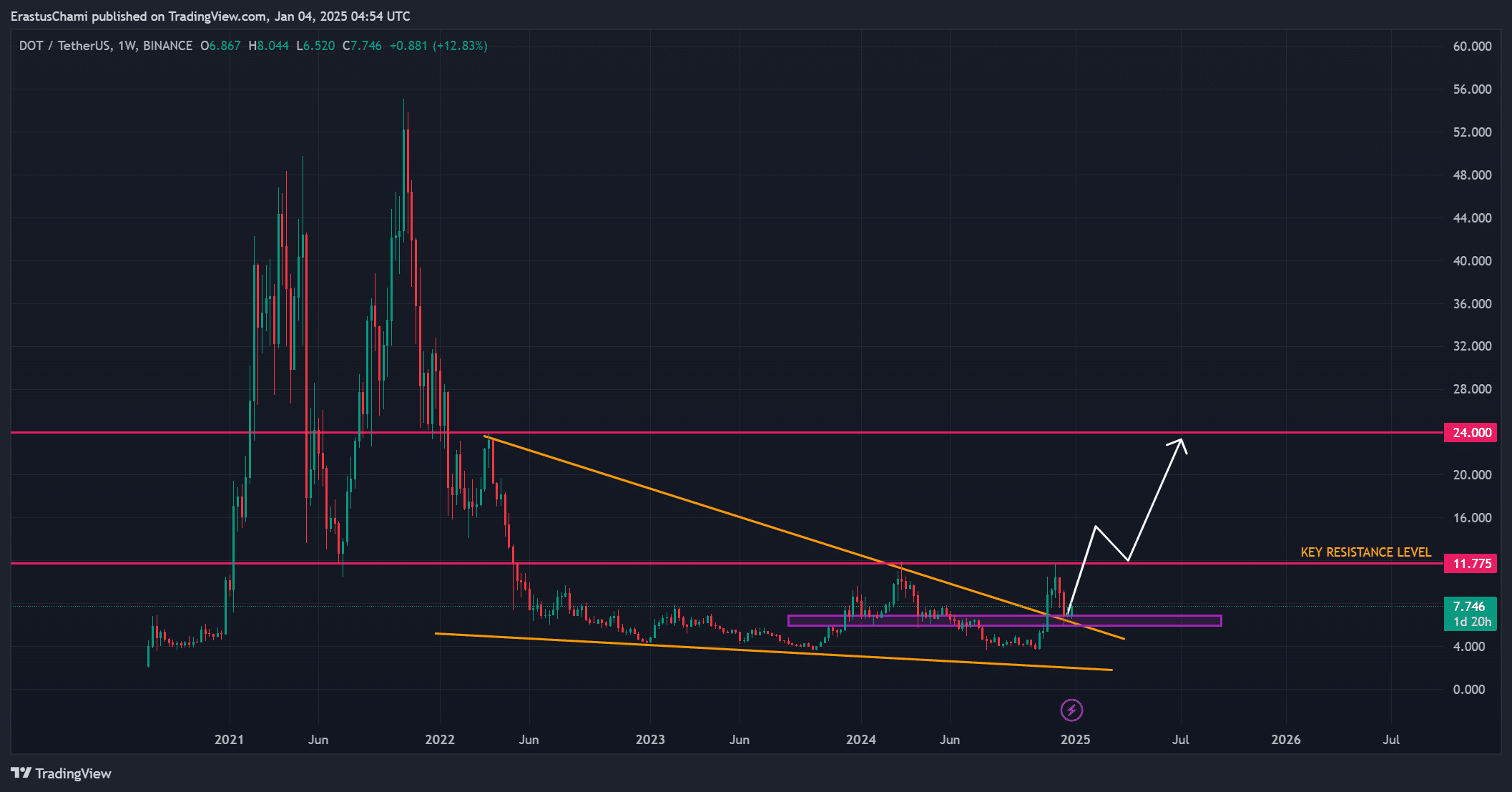In August 2018, NASA’s Parker Solar Probe (PSP) began its long journey to study the Sun’s outer corona. After several gravity-assist maneuvers with Venus, the probe broke Helios 2‘s distance record and became the closest object to the Sun on October 29th, 2018. Since then, the Parker probe’s highly elliptical orbit has allowed it to pass through the Sun’s corona several times (“touch the Sun”). On December 24th, 2024, NASA confirmed that their probe made its closest approach to the Sun, passing just 6 million km (3.8 million mi) above the surface – roughly 0.04 times the distance between the Sun and Earth (0.04 AU).
In addition to breaking its previous distance record, the PSP passed through the solar atmosphere at a velocity of about 692,000 km/h (430,000 mph). This is equivalent to about 0.064% the speed of light, making the Parker Solar Probe the fastest human-made object ever. After the spacecraft made its latest pass, it sent a beacon tone to confirm that it made it through safely and was operating normally – which was received on December 26th. These close passes allow the PSP to conduct science operations that will expand our knowledge of the origin and evolution of solar wind.
Every flyby the probe made with Venus in the past six years brought it closer to the Sun in its elliptical orbit. As of November 6th, 2024, the spacecraft reached an optimal orbit that brings it close enough to study the Sun and the processes that influence space weather but not so close that the Sun’s heat and radiation will damage it. To ensure the spacecraft can withstand temperatures in the corona, the Parker probe relies on a carbon foam shield that can withstand temperatures between 980 and 1425 °C (1,800 and 2,600 degrees °F).
This shield also keeps the spacecraft instruments shaded and at room temperature to ensure they can operate in the solar atmosphere. Said Associate Administrator Nicky Fox, who leads the Science Mission Directorate (SMD) at NASA Headquarters in Washington, in a recent NASA press release:
“Flying this close to the Sun is a historic moment in humanity’s first mission to a star. By studying the Sun up close, we can better understand its impacts throughout our solar system, including on the technology we use daily on Earth and in space, as well as learn about the workings of stars across the universe to aid in our search for habitable worlds beyond our home planet.”
Nour Rawafi, the project scientist for the Parker Solar Probe at the Johns Hopkins Applied Physics Laboratory (JHUAPL), is part of the team that designed, built, and operates the spacecraft. “[The] Parker Solar Probe is braving one of the most extreme environments in space and exceeding all expectations,” he said. “This mission is ushering a new golden era of space exploration, bringing us closer than ever to unlocking the Sun’s deepest and most enduring mysteries.”
The Parker Solar Probe was first proposed in a 1958 report by the National Academy of Sciences’ Space Science Board, which recommended “a solar probe to pass inside the orbit of Mercury to study the particles and fields in the vicinity of the Sun.” While the concept was proposed again in the 1970s and 1980s, it would take several more decades for the technology and a cost-effective mission to be realized.
The Parker Solar Probe also made several interesting and unexpected finds during previous close passes. During its first pass into the solar atmosphere in 2021, the spacecraft discovered that the outer boundary of the corona is characterized by spikes and valleys, contrary to expectations. It also discovered the origin of switchbacks (zig-zag structures) in the solar wind within the photosphere. Since then, the spacecraft has spent more time in the corona, closely examining most of the Sun’s critical processes.

The probe’s discoveries are not limited to the Sun either. As noted, one of the PSP’s primary objectives is to study how solar activity influences “space weather,” referring to the interaction of solar wind with the planets of the Solar System. For instance, the probe has captured multiple images of Venus during its many gravity assists, documented the planet’s radio emissions, and the first complete image of Venus’ orbital dust ring. The probe has also been repeatedly blasted by coronal mass ejections (CMEs) that swept up dust as they passed through the Solar System.
“We now understand the solar wind and its acceleration away from the Sun,” said Adam Szabo, the Parker Solar Probe mission scientist at NASA’s Goddard Space Flight Center. “This close approach will give us more data to understand how it’s accelerated closer in.”
The probe even offered a new perspective on the comet NEOWISE by capturing images from its unique vantage point. Now that the mission team knows the probe is safe, they are waiting for it to reach a location where it can transmit the data collected from its latest solar pass. “The data that will come down from the spacecraft will be fresh information about a place that we, as humanity, have never been,” said Joe Westlake, the director of the Heliophysics Division at NASA Headquarters. “It’s an amazing accomplishment.”
The spacecraft’s next solar passes are planned for March 22nd, 2025, and June 19th, 2025.
Further Reading: NASA









Leave a Comment